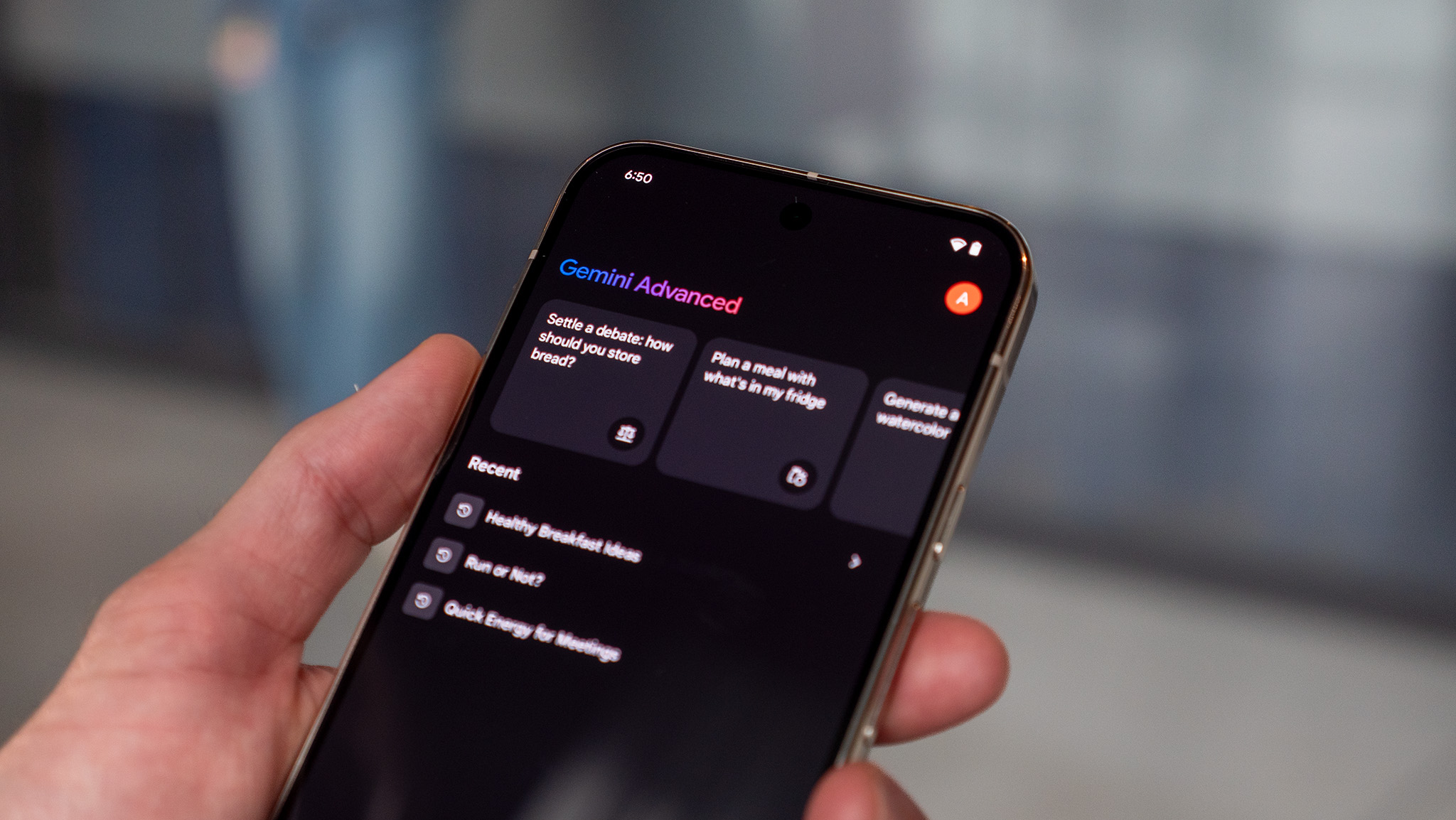You don't need mmWave 5G yet and neither do budget 5G phones
More manufacturers need to chip in on mmWave for it to become mainstream.
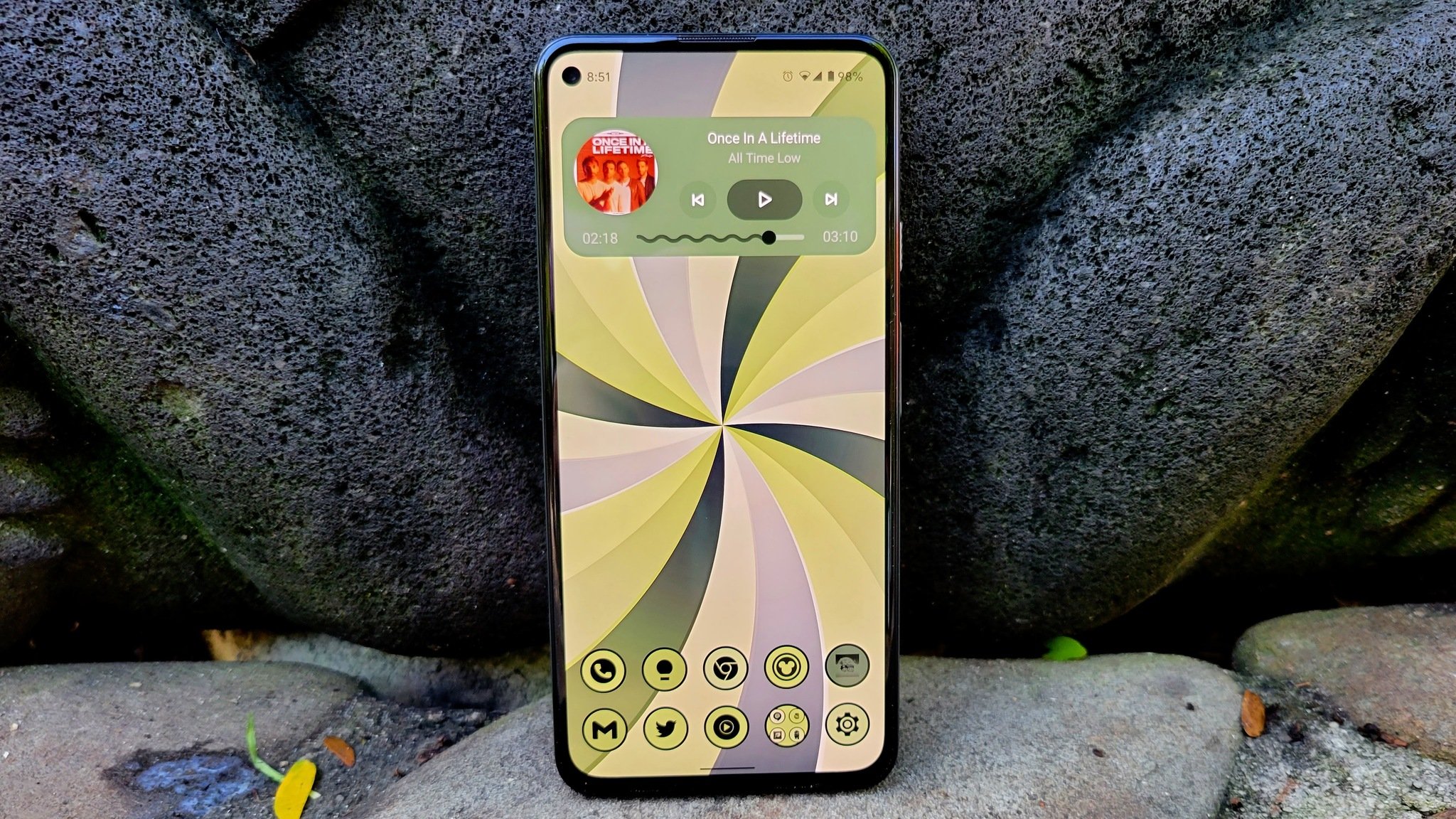
It’s still a long way before budget Android phones will have mmWave built into them, experts note. They say likely that is because mmWave is still very new and pricy to build into phones, and until there are more manufacturers who produce the necessary hardware, it’s unlikely that we’ll see it in affordable devices.
Last week, Apple’s iPhone SE began selling to customers. The phone has a powerful A15 processor but is missing millimeter-wave capabilities. The iPhone SE does support the new sub-6GHz C-band network, and Roger Entner, a telecom analyst and founder of Recon Analytics, says the change Apple made is mainly due to cost.
“The answer is cost. Qualcomm gets money from all the 5G providers and if you put two modems in they get twice the money. You can’t put in a budget device millimeter-wave and be affordable,” he says. “At least with Qualcomm. And Qualcomm modems…is high-end. MediaTek is middle and low-end.”
As Sascha Segan of PCMag puts it, “it is widely known that mmWave 5G tends to pump up the price of phones. Millimeter-wave versions of phones that also have non-mmWave versions, such as the Google Pixels, have tended to cost around $100 more at retail than the non-mmWave versions.”
And if Apple wanted to be able to cater to consumers who don’t want to spend thousands of dollars, Entner says it would be impossible to sell a phone at the price that it’s at with the mmWave antenna.
What is mmWave and why should you even care about it?
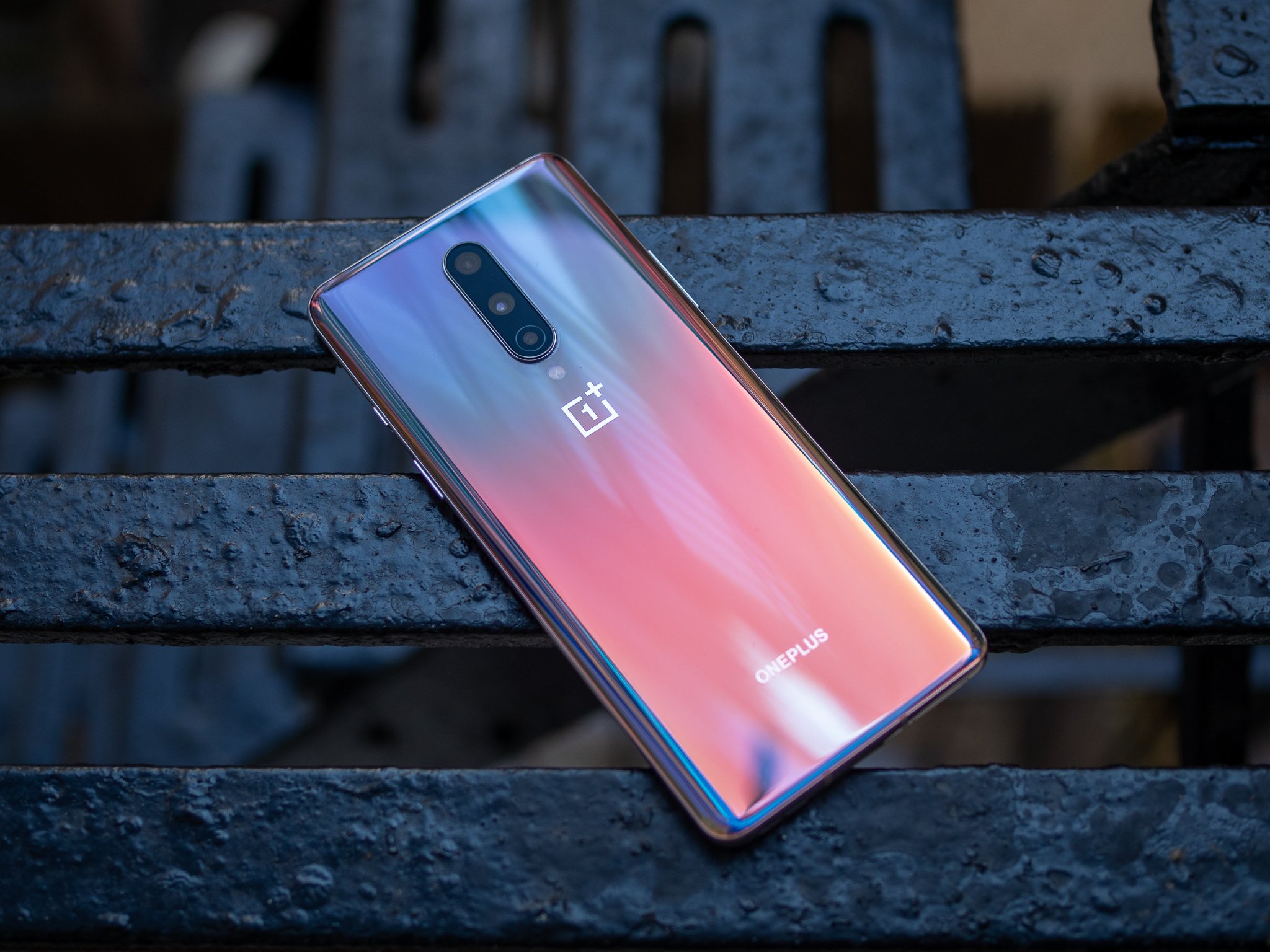
Right now most phones in the U.S. have 5G capabilities but are considered to be part of Sub-6GHz 5G, which is good for blanket coverage and bandwidth. 5G mmWave is a new cellular technology that would offer higher speeds over shorter distances. Millimeter-wave currently is limited to short distances and experts say it is most useful in areas that benefit from extreme high bandwidth like stadiums and city centers.
AC’s Jerry Hildenbrand has written, what mmWave frequencies offer is the ability to transfer a lot of data over a relatively short distance. This is why the current mmWave 5G rollouts have such spotty coverage — it's super fast as long as you're close to the cell site you're connecting to. mmWave is bad for transmission between cell towers along a deserted highway.
Be an expert in 5 minutes
Get the latest news from Android Central, your trusted companion in the world of Android
Anshel Sag, a senior analyst at Moor Insights & Strategy, says that mmWave is a challenging technology but it isn’t new or niche.
“It has different applications than bands of spectrum and the big problem is that it was over marketed and is costly to deploy without smart repeaters for mobile applications,” he says. “The fixed wireless applications are aplenty and I believe the use of mmWave in venues and indoors in densely populated areas is probably among its greatest applications.”
Until recently, Verizon has been pushing for manufacturers to include mmWave in phones, though PC Mag’s Segan says this is slowly changing stating that “it has shifted focus from mmWave to its new sub-6GHz C-band network, which has some ‘ultra wideband’ branding as mmWave, but much better range.”
Sag says for the longest time “Verizon didn’t have anything meaningful to show for 5G other than mmWave, and to be able to ensure that its average 5G speeds were good enough, users needed to have mmWave support.”
He notes that Verizon has been leaning into mmWave hard at football stadiums and pushing that all operators should have mmWave at all big sporting venues.
Will mmWave ever be seen in budget Android devices?
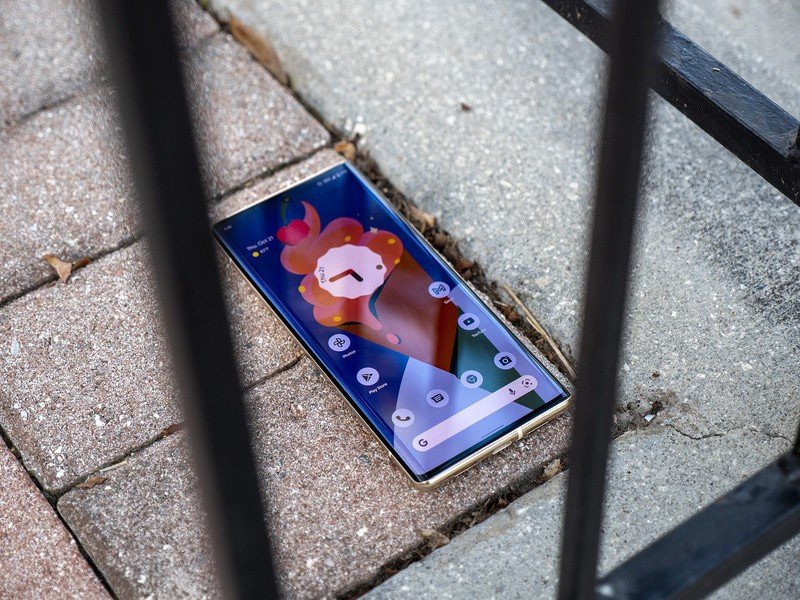
As of now only higher-end, and some of the best Android phones have mmWave capabilities sold in the U.S. so the question is: will more budget-friendly devices get mmWave and when will that happen?
Sag says mmWave is still very much going to be a premium feature in the near future on more expensive devices until more companies release their own mmWave modules and drive down the cost.
“I believe MediaTek will help to do that this year with its own mmWave solution coming later this year with an OEM on Verizon. Ultimately, for mmWave to be successful, there need to be more suppliers, more devices, and more applications that drive the volume and competition. Qualcomm has solved many of the problems with mmWave as far as size and power, but the cost issue is still a considerable one, especially when you consider most devices still require three mmWave antenna modules to ensure a good signal regardless of user hand-pose,” Sag says.
In June 2021, Qualcomm did announce it was doing a major global push for mmWave and said it was partnering with more than 35 carriers for this to happen. Among companies committing to the advancement of mmWave is AT&T and Motorola in the U.S., Deutsche Telekom, Orange, and HMD Global in Europe, Kyocera and Samsung in South Korea, Optus in Australia, and at least 15 companies in China and the Asia Pacific.
Sag still doesn’t think this is enough because “it’s mostly centered around [Qualcomm’s] own solutions,” he says, adding that there need to be other mmWave solutions not just Qualcomm-based.
“Because mmWave gets written off as a Qualcomm technology rather than a true 5G feature for everyone to implement appropriately,” he says.
While Bill Ho, a principal analyst at 556 Ventures, does agree with Sag in that global mmWave adoption will drive down costs and will eventually make its way into budget-friendly mainstream devices, he doesn’t think it’s a bad thing that Qualcomm is leading the way for this to happen.
“There isn’t anything wrong with advocating for a position. Qualcomm has been the leading mmWave industry champion. In doing so, they’re making it easy to accelerate mmWave,” he says. “Qualcomm has been trying on making manufacturers use their products for a long time. They spent a lot of R&D money to create the Snapdragon flagship line so they’re not getting a free ride. Their tech works and that’s what manufacturers are looking at. Apple as an example tried to use Intel modems until they determined the performance wasn’t good enough. So they are using Qualcomm as an interim measure. But Qualcomm offered their Front End antenna product but Apple passed.”
Ho says that manufacturers can ultimately make their own decision depending on where they are in the industry. He says that Samsung has its Exynos chips but are only used for certain markets and has used Qualcomm in others.
“So it’s hardly as I see it that all manufacturers are under the Qualcomm thumb,” he says, pointing to MediaTek as a viable competitor as a lower-cost supplier.
There’s a lot of mmWave hate
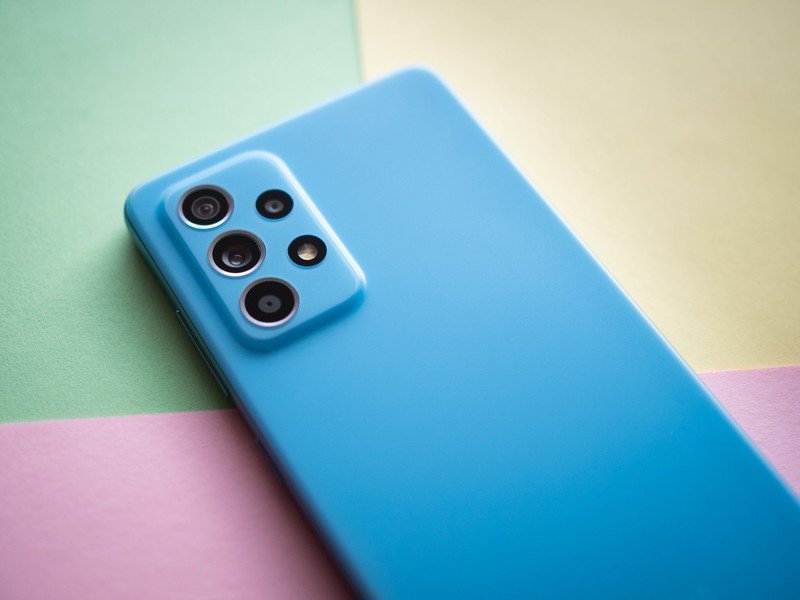
Not only are there many reviewers and skeptics out there who don’t think mmWave is all that it’s claimed to be but also municipalities are pushing back against putting small mmWave “stations” everywhere. This makes it difficult to effectively cover an area.
Sag says that there are a lot of haters for mmWave out there and he thinks it’s because people have been “misguided by Verizon’s heavy-handed mmWave marketing,” which has soured many people’s opinions on 5G even though the technology has “only improved in nearly every imaginable way.”
Ho agrees noting that many people don’t fully understand the technical promise that mmWave brings.
“They’re likely not product people and don't understand technical progression at a deeper level,” he says.
Ho says that Verizon has mainly been advocating for it globally, but that the technology is still being refined.
“However, it’s already being implemented for Verizon’s fixed wireless access and in crowded venues like stadiums or concerts where a ‘fatter’ pipe can provide capacity and minimize congestion,” he adds.
We may not see mmWave in affordable phones any time soon, but as more manufacturers step in, the technology can continue to improve and deliver on its promise. Millimeter-wave is ultimately the final piece in the 5G puzzle and once it becomes more readily available, opinions on 5G and mmWave could change for the better.

Shruti Shekar is Android Central's Editor-in-Chief. She was born in India, brought up in Singapore, but now lives in Toronto. She started her journalism career as a political reporter in Ottawa, Canada's capital, and then made her foray into tech journalism at MobileSyrup and most recently at Yahoo Finance Canada. When work isn't on her mind, she loves working out, reading, watching the Raptors, and planning what she's going to eat the next day.
